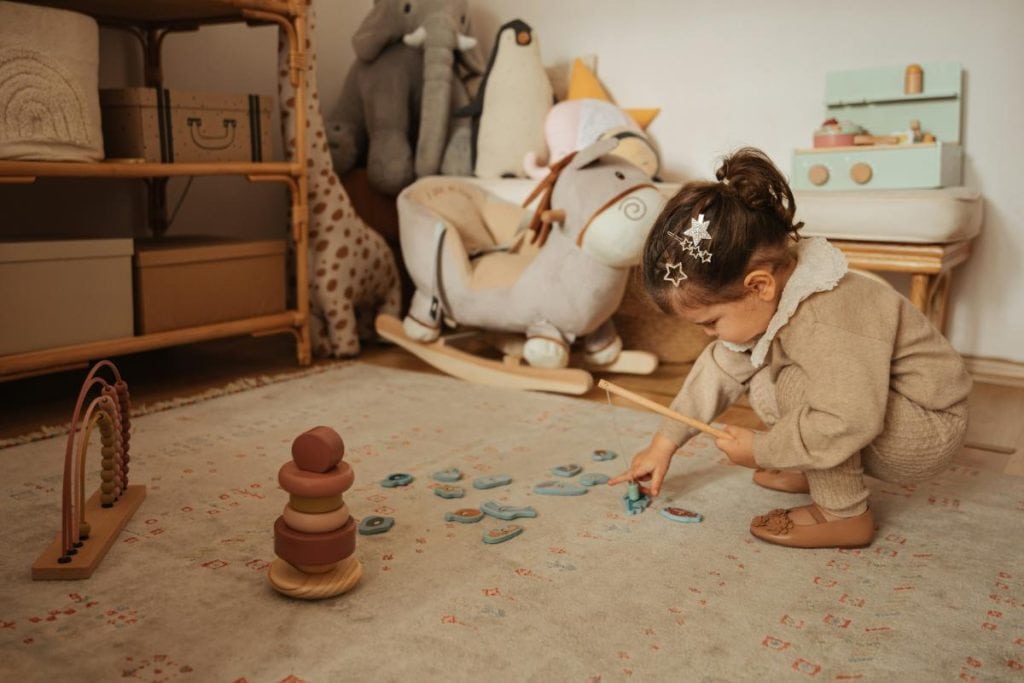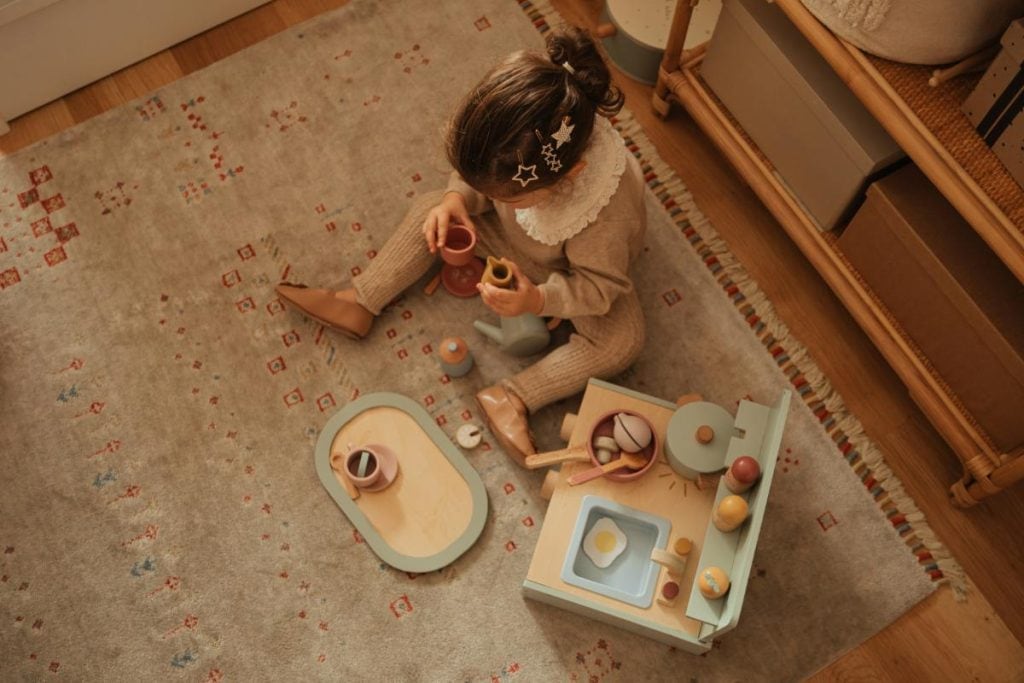
Your home is supposed to be a safe haven for children. So, every nook and corner should be designed and built with utmost care and thought. You can’t overlook the tiny details.
Many hazardous objects at home might look inviting to the child’s eye. Supervision is key to ensuring child safety, but it’s impossible to keep eyes on little ones every second — that’s where making your home safer plays a key role in your child’s safety.
Here are some essential tips to ensure that all areas of your home are safe for the little ones!
1. Avoid Choking Hazards
Kids get their hands on everything they possibly can. They are often attracted to miniature items lying around. It could be a small toy, a piece of jewelry, a metal coin, or even bits of food.
Given their curiosity to understand the world better, they attempt to take a bite of everything with their mouths. In unfortunate cases, it can lead to choking hazards. Avoid these mishaps at all costs by limiting their access to such items.
Moreover, always feed them food that is easy to swallow. You may also invest in an anti-choking device to skip these unpleasant scenarios. If not, monitor meal times and remove or lock away objects with choking potential!
2. Use Child-Safe Furniture
Childproofing your home isn’t an easily accomplished task. While quality, comfort, and aesthetics are key factors in choosing furniture, safety is paramount when designing spaces for kids.
From stair safety to furniture safety, it is a long list!
First, say goodbye to things with sharp edges. Add more soft spots and cozy corners. Secondly, maintain the space clutter-free to reduce the risk of accidents.
Finally, choose sustainable furniture options like bamboo as opposed to plastic. Avoid toxic materials that can harm your child’s health.
3. Educate on Kitchen Dangers
Close monitoring is necessary until the child is of an age where they can navigate the kitchen without running into trouble.
Adults, in general, are expected to be extra careful in the kitchen. So, young children cannot be safe when surrounded by boiling water and sharp knives!
Create a designated zone for children in your kitchen. Teach them that it is not a playground and is meant only for dining. They should understand that fire is dangerous and stay away from it.
As your kids grow older, demonstrate how to use cooking tools and let them learn under your supervision.
4. Know the Bathroom Basics
Another place in your home where danger lurks is the bathroom. Several drowning incidents happen when parents leave their children in the bathtub unattended.
Accidental falls caused by slippery floors are another problem. They can be prevented by using non-slip mats and mopping the wet surface immediately.
Additionally, it is crucial to monitor the bath temperature to prevent burns. Install scald guard faucets so that the water never gets too hot!
5. Choose Kid-Friendly Window Treatments
Dangling cords anywhere in rooms, play areas, or commonly accessed spaces can get wrapped around the child’s neck and pose a danger. So, parents should opt for cordless options wherever possible.
If you check the recent window treatment trends, you’ll notice that safety needs are considered a priority. Motorized window coverings are cordless and convenient. Along with being child-friendly, they are perfect for making your home more energy efficient.
You can also pick window shades with hidden cords or remote-controlled shutters.
6. Prevent Chances of Poisoning
All kids are curious. So, it is important to be as vigilant as possible. From indoor plants such as azaleas to several household items like disinfecting cleansers, poisoning is a significant threat. However, in the eyes of a toddler, these might just be a cutesy flower and a bottle of tasty apple juice!
Choose your plants wisely. Keep products like bleachers, cosmetics, medicines, alcohol, detergents, pesticides, and art supplies out of your kids’ reach.
While shopping, read the product labels carefully and check for potential harm.
When well-informed, you can store troublesome items in a locked cabinet or opt for products with child-resistant packaging.
All that being said, have your local poison control contact number handy as an additional measure!

Keeping an eye on your kids is imperative, but it’s just as important to properly childproof.
Follow these five essential safety tips to make your home safe and secure for children.
Also, don’t forget to teach kids—of all ages—to be careful. Of course, you have to always be on alert!
